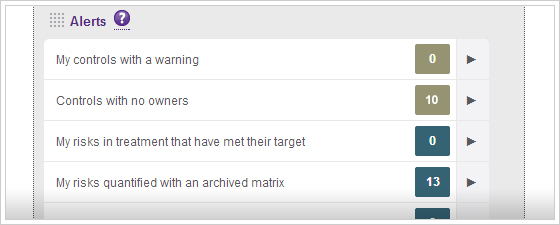Aviation Document Management
Whether you are flight crew, an aircraft engineer or ground staff, it’s imperative that the day to day use of circulated documentation must be accurate, up to date and accessible in order to achieve compliance standards set by aviation regulators.
A SMS Information Management solution Document Management provides a central storage for all controlled documents and associated records. Any documentation type, such as user manuals, company processes and procedures and associated supporting material, are fully supported.
Staff can be confident that they are accessing the latest version of any given document through their PC or mobile device at anytime, and in any place.
A SMS Information Management solution prevents the use of incorrect documents and always presents the most current approved revision to users. Documents are securely managed to prevent uncontrolled modifications, drafts or copies. Records pertaining to document change, history, approval and distribution are securely held for each revision of a document and are readily available for review. Document registers are automatically updated with approved changes, helping to eliminate the risk of human error.
The fundamental benefit of the Document Management module is its flexibility and capability. It dramatically reduces the bureaucratic burden of compliance management and provides an infrastructure to make the correct information available where needed. The module allows for efficient and effective change control and effortlessly demonstrates compliance to your management system. Significantly, it facilitates collective ownership of the management system within the organization.
The objectives for Document Management are to:
- Make the correct information available at the point of need, when required
- Encourage ownership of the compliance management system across an organization
- Effectively manage change from an initial request, through drafting, approval, distribution and publishing
- Contribute to more effective use of management system information
- Reduce the bureaucracy of managing document control within a compliance management environment
- Extend the accessibility of controlled documents throughout the organization and beyond via a secure web interface





